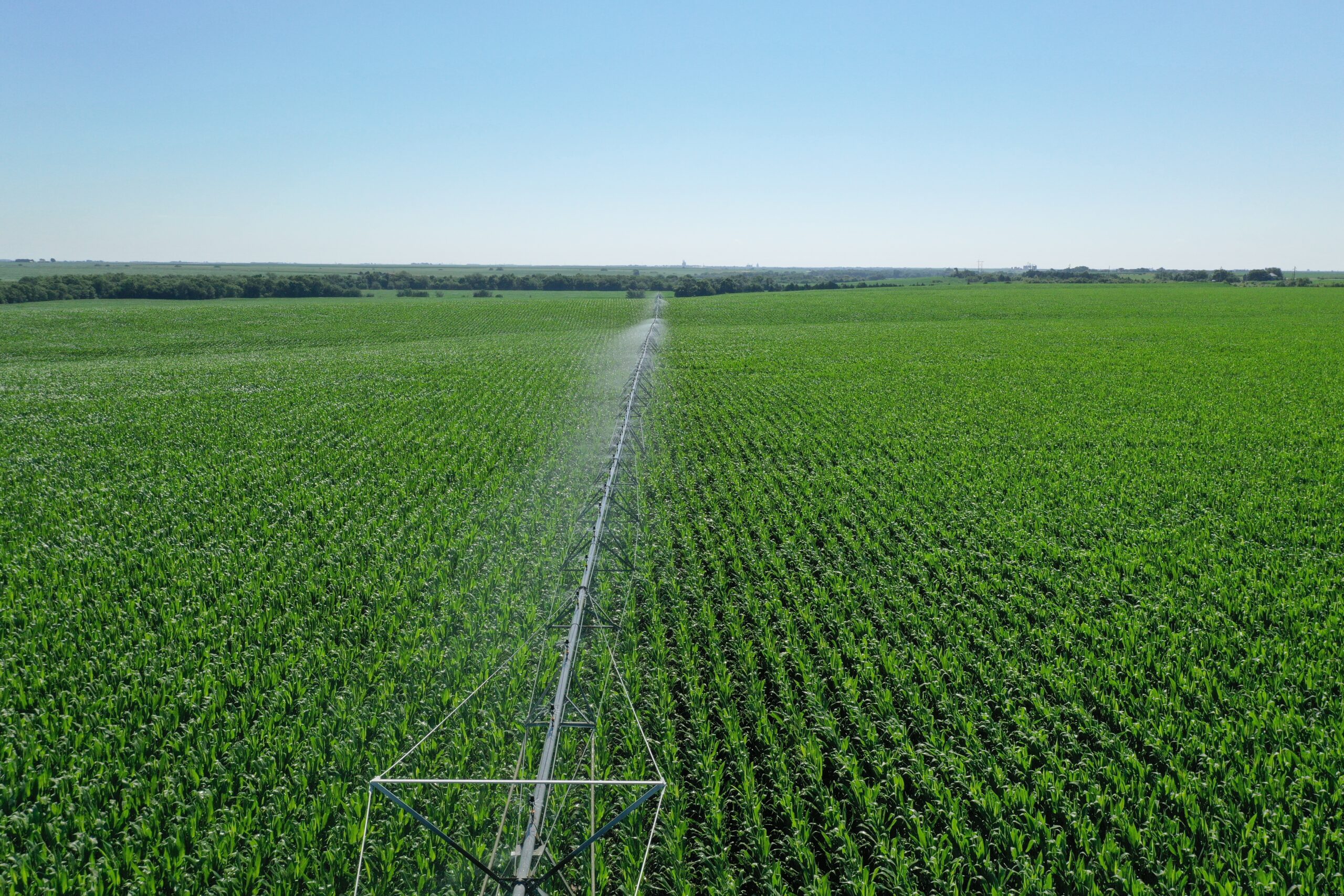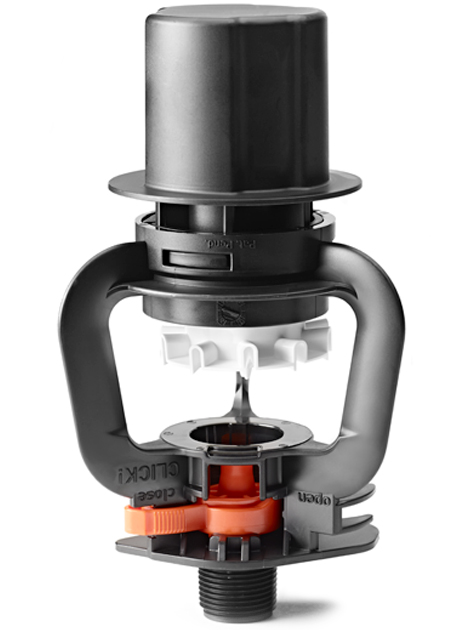From Mexican tortillas to Italian polenta, from African ugali to Indian makki ki roti – from Romanian cocoloși to cornbread and chowder in the USA: maize (a.k.a. corn) is a staple ingredient in cuisines around the world. In fact, this highly adaptable crop is cultivated on every continent except Antarctica.
Hotly debated. Other grain crops, like wheat or rice, have more or less obvious relatives growing in the wild. But the corn plant – with its soft, starchy kernels arranged on a cob – seemed to have sprung up out of nowhere. It took a long time for scientists to (mostly) agree that maize is derived from teosinte, a wild grass found in the lowlands of Mexico, and was domesticated by Aztec and Mayan farmers. 9,000 years on, maize now comes in any number of colors, textures and grain sizes, and ranks among the top three most widely grown crops worldwide.

Around the globe. The USA produces the highest volume of maize, with a primary focus on livestock feed and industrial uses (e.g. ethanol). In 2023, corn accounted for 1/3 (80.1 billion dollars) of the country’s crop revenue. More than half of this output is produced in the Corn Belt states of Iowa, Illinois, Nebraska, Minnesota and Indiana. In the Eastern part of the Corn Belt, maize tends to be grown as a rain-fed crop – sometimes supplemented by travelers or solid set systems. In sum, 12 million acres of U.S. corn are under mechanized (mostly center pivot) irrigation. Only a fraction of the maize grown in the U.S. is turned into food products such as cornmeal, breakfast cereals and flour.
In some parts of Asia and the African continent, this ratio looks quite different: rich in carbohydrates and with a high yield per acre, maize plays a vital role in food security for many developing countries, particularly in the more rural areas.
In Sub-Saharan Africa, almost all of the cultivated farmland is given over to corn: yellow maize is grown as livestock feed, white maize for human consumption. Corn also adapts to the continental climates of Russia, Kazakhstan and Romania, producing flour, cereals, ethanol, silage and starch. The snowy winters and cold springs in these regions mean that the planting season is often quite late, with the added risk of a late snowfall or cold showers killing off germinating seeds. Despite these challenges, maize accounts for 2,600,000 hectares of farmland in Russia, 200,000 hectares in Kazakhstan and 2,000,000 hectares in Romania. The favored irrigation methods range from center pivot, hose-reel and linear irrigation systems all the way to rain-fed farming.
Profitability is one of the main challenges facing maize farmers – regardless of whether they’re in the U.S., in Europe, or in a MENA country like Egypt, where low rainfall is often compounded with high seed and equipment costs. Especially with a water-intensive crop like maize, an efficient irrigation system can significantly lower production costs and increase profit margins. Equally difficult are the more frequent droughts, leading to a greater need for mechanized irrigation. This, in turn, further contributes to the depletion of existing water resources. In many parts of the U.S., for example, aquifers that have provided irrigation water for decades are diminished to nearly unusable levels. Being able to produce crops with significantly less water is therefore essential for the future of agriculture in practically every part of the world.
Irrigation Strategies. Especially among U.S. farmers, there seems to be a noticeable shift from drop-hose to up-top installations. Corn needs a much higher ground clearance than other grains, such as soybeans or wheat – and modern corn hybrids are taller and more densely packed than ever before. This means that if drop-mounted sprinklers protrude into the leafy crop canopy, a loss of uniformity is virtually impossible to avoid.

Innovative sprinklers such as the KPT Peak – the top-of-pipe variant of Komet’s flagship KPT – are able to avoid these crop interference issues, while offering almost the same wind-drift resistance as the equivalent drop-mounted model.
“When it comes to a tall, dense corn canopy, a well-designed top-of-pipe sprinkler package will outperform a drop-mounted set-up with the same spacing.”
Alternatively, you can go completely the other way by installing a closely spaced sprinkler package with a low ground clearance. This is a good option if water is extremely scarce, as it ensures effective application with minimal losses – a welcome advantage in scenarios where every drop counts.
In Egypt, maize is grown on around 20% of cultivated farmland. This includes self-sufficient farmers with small fields close to the Nile, many of whom are transitioning from traditional flood irrigation to drip irrigation systems. This method works only in very specific field conditions, but – in certain scenarios – can help minimize evaporation losses by delivering the water straight to the root zone.
Commercial growers, on the other hand, rely on large-scale pivot irrigation: around one third of Egypt’s corn production is irrigated with center pivots. You will also find some purely rain-fed crops in the country’s north.
In Brazil, around 10% of maize crops are under center pivot irrigation – the vast majority with drop-hose installation. In this region, maize is typically planted right after the main (soybean) season has ended. It’s a time of year with less natural rainfall, so mechanized irrigation can make a huge difference – potentially even doubling the yield. A great advantage of this ‘secondary planting’ method is that the ground is covered with the discarded leaves of the soybean crop, which helps retain moisture and provides organic nutrients for the corn.

Irrigation Scheduling. Another key element of effective irrigation is the use of cutting-edge monitoring systems. By tracking parameters such as soil health, crop coverage and performance, you are able to tailor your irrigation to the crop’s actual, real-time needs. This might be all the more relevant for crops like maize, which are grown in so many climates – and come in so many different hybrids – that they are far beyond any ‘one-size-fits-all’ approach. These modern irrigation technologies can range from satellite and drone imaging to IoT sensors and AI. It is a field that is constantly evolving and becoming more accurate by the day.
Many state-of-the-art pivot systems already adjust their watering schedule based on the current weather conditions. When these future-oriented innovations are combined with a highly engineered, expertly designed sprinkler package, nothing stands in the way of ultimate high-efficiency irrigation.
If you’d like to share your experiences with growing maize in your region, have any questions, or would like to delve deeper into the topics mentioned above, we’d love to hear from you!
Email us or speak directly to your nearest Komet expert – you can find our global team members here.
